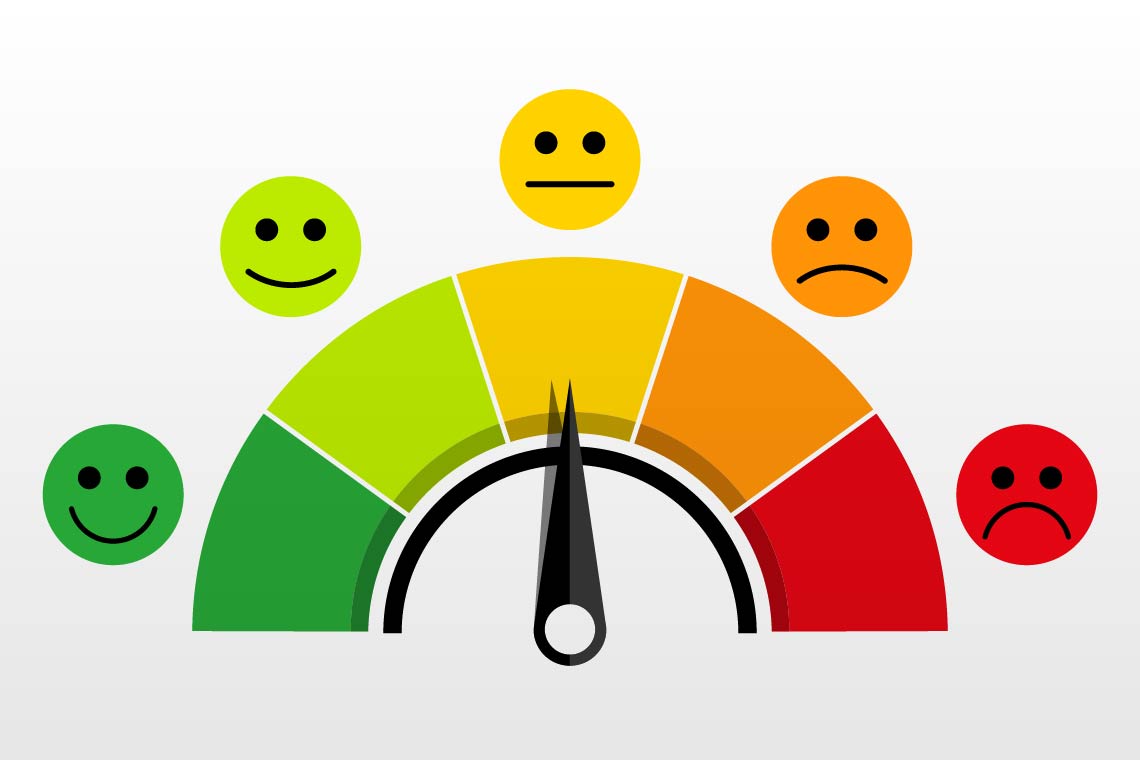Choice Modeling Market Research

Quantitative Market Research is an open-ended question-based research method. It relies on in-depth Interviews, Focus Groups, and other avant-garde techniques. What’s the difference between Quantitative and Qualitative Research?
Quantitative marketing research asks questions with a numeric value. For example, “On a scale of 1-5, how was your customer service experience? Another question could be, “What is your annual salary?”
Qualitative Research asks questions that you can’t reduce to a number. For example, “What’s your job title?” or “What did you like most about our service today?”
The researcher who is looking for scientific results will lean on Quantitative Research. It tends to be more impartial. They choose it because it is:
- Easier to control the data
- Unbiased and scientific
- Suitable for a larger audience
- More widely accepted
- More focused because researchers often use it to test a theory.
What is Choice Modeling Market Research?
Choice Modeling is a Quantitative Research technique used to measure what consumers like. It’s different from standard Surveys and Market Research methods. Moreover, these methods only capture a rough picture of consumer intentions, often not supported by science. Choice Modeling uses a controlled trial run, which finds and measures the factors that lead to a decision. It does so even outside the conscious awareness of the respondents.
Why is Choice Modeling Important?
Choice Modeling allows firms to gauge consumer demand. It tells them why they make the choices they do. You can apply Choice Modeling in many ways. You can use it to measure the demand for an existing product or service or to forecast the need for new ones. It allows you to explore vast numbers of possible configurations to the order of many, many trillions. Choice Modeling would not work with standard research methods.
Why do Businesses Need Choice Modeling?
Choice Modeling tells you what’s important to your buyers and potential buyers. It follows their actions when making buying decisions. Start using Choice Modeling today to test product features for implicit value. Use it to check the success of marketing campaigns, set pricing strategies, and more. SIS International has a variety of services available, including UX Market Research and Go-To-Market Strategy planning.
About Choice Modeling Market Research
The standard methods can save you a lot of time and energy. Yet the data might not be as specific to your audience as you’d like. Use Choice Modeling to answer questions about industry trends, household incomes, and demographics.
You can conduct Qualitative Market Research in several ways. For example, you can use Focus Groups, Surveys, and In-depth Interviews. Researchers make extensive use of Interviews in Marketing Research. They are one of the most-used forms of Data Collection in Quantitative Marketing Research.
Online Surveys are another common Market Research technique. They are vital in collecting audience feedback. They work well for large audiences. But Choice Modeling gives you the nitty-gritty. Researchers have used it to observe the effects of subtle layout and wording changes. They’ve even used it to measure the direct dollar value of brands.
Hiring a Researcher for Your Business
Asking customers yourself can give you a nuanced idea of your target market. But, direct Research can be pricey and time-consuming. But each tactic has benefits and drawbacks. Skilled researchers know how to handle each method for the best outcomes.
The right mix will address the unique needs of your firm. It will consider the timeframe, desired impact, scope, and budget. There’s no one-size-fits-all answer. Resist the urge to base your approach only on what your market researcher tells you. Instead, work along with them to figure out what your business requires. It will also help you figure out what the market research process demands.
Contact us for your next Market Research and Strategy Consulting Project.
- Email direct: [email protected]
- Contact one of our global offices

